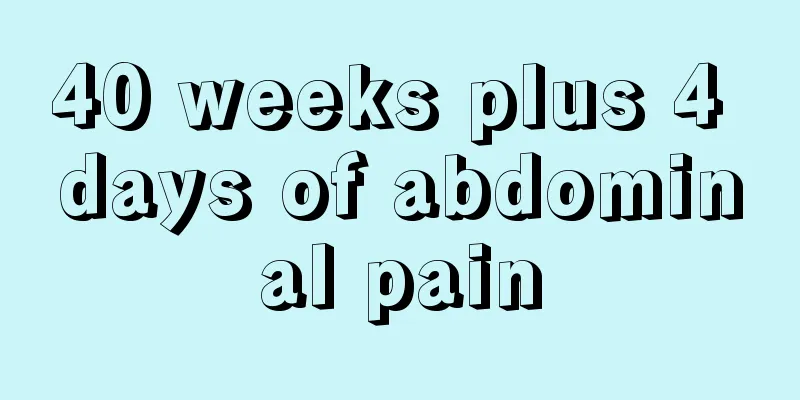The kidney is hidden, there are ways to check it

|
Author: Dr. Chen Zhou, attending physician at Shanghai Changhai Hospital Reviewer: Mei Xiaobin, Chief Physician, Shanghai Changhai Hospital Kidneys, as important organs in our body, are shaped like "broad beans", one on each side, and each is about the size of a fist. Their main function is to filter blood, excrete excess water, waste and toxins, and form urine. At the same time, kidneys are also responsible for secreting a variety of hormones, participating in regulating blood pressure, hemoglobin production, maintaining bone health and electrolyte balance. They can be called the "purification factory" in our body, providing a clean and comfortable environment for the body. Figure 1 Copyright image, no permission to reprint However, these two "broad beans" are very vulnerable. Genetics, diabetes, high blood pressure, infection, medication and other factors may lead to decreased or damaged kidney function, which in turn leads to kidney disease. Kidney disease is usually a chronic disease that gradually worsens and may eventually lead to kidney failure, which is a complete loss of kidney function and a life-threatening condition. At this point, dialysis or kidney transplantation becomes a necessary means of maintaining life. Figure 2 Copyright image, no permission to reprint So, how do you determine whether you have kidney disease? In fact, it is not complicated. You only need to complete three basic tests. You can remember the seven-word formula: urine test, blood draw, and B-ultrasound. These tests can be completed in most hospitals. 1. Urine test: mainly tests urine routine, focusing on the indicators of protein, red blood cells, white blood cells, and glucose. If a plus sign (+) appears after protein in the report, or an abnormal increase in red blood cells (>3/high-power field of view), it indicates that there may be problems with the kidneys. Because under normal circumstances, there are only a small amount of protein and red blood cells in the urine, and an abnormal increase often reflects impaired glomerular filtration function. For example, Mr. Li went to the doctor because of excessive urine foam. The test results showed urine protein 3+, indicating that it may be nephrotic syndrome, which requires further diagnosis and treatment. 2. Blood draw: Check kidney function, focusing on whether urea nitrogen, creatinine, uric acid and electrolytes are abnormally elevated (higher than normal). Among them, elevated blood creatinine (>110μmol/L) is an important sign of kidney damage. These substances are metabolites of the body and are normally excreted by the kidneys. If kidney function declines, they will accumulate in the blood and cause harm. For example, Ms. Wang went to the doctor for symptoms such as nausea and loss of appetite. The test results showed that her blood creatinine was as high as 300μmol/L. She was diagnosed with chronic kidney disease and needed to go to the nephrology department for treatment. 3. Do B-ultrasound: Through renal ultrasound examination, you can observe the size (normal is 10-12cm), shape, position, etc. of the kidneys. If the kidneys are found to be shrunk (such as <8cm), it may indicate chronic kidney disease. Why? Because the kidneys are a complete bean-shaped structure under normal circumstances. If they are damaged for a long time, they will atrophy, cystic change and calcification, affecting the function of the kidneys. For example, Mr. Gong went to the doctor for symptoms such as nausea, general fatigue, and insomnia. The B-ultrasound showed that both kidneys were significantly shrunk, only about 6cm, and he was eventually diagnosed with uremia. It is recommended to include these three examinations in your annual physical examination plan, and to stay calm and measure your blood pressure accurately during the physical examination. Because high blood pressure is not only an important risk factor for kidney disease, but also a common complication. If you find that you have high blood pressure, be sure to seek medical attention in time to control your blood pressure and protect your kidneys. |
<<: Can sleep-aiding aromatherapy really cure insomnia? Don’t believe it anymore, because…
>>: Pay attention to atrial fibrillation and prevent stroke
Recommend
Can I have sex during gynecological inflammation?
Can you have sex during the period of gynecologic...
Leucorrhea brownish-brown, no pain, no itching
For women, the normality of many gynecological di...
When is the best time for pregnant women to use a belly belt?
Being a popular mother is both happy and distress...
The harm of eating cold food during pregnancy
There are many dietary taboos during pregnancy. F...
Symptoms of renal insufficiency in women
When it comes to kidney disease, everyone is cert...
The harm of abortion at four months
Pregnancy is a very happy thing. For many familie...
Why are there so many bumps on my nipples?
Women's nipples are relatively private and th...
How to treat moderate cervical erosion?
Many female friends will suffer from cervical ero...
What should I do if my vulva is itchy, red and swollen?
Due to the special shape of the female genitals, ...
What to do with urinary tract infection during pregnancy? Timely treatment is the key
Many people may know that urinary tract infection...
How long will it take to have a second baby?
Many families hope to have two children, a boy an...
How long does it take for the uterus to stop contracting during a cesarean section?
Cesarean section is an obstetric surgery that rem...
Causes of leg pain in pregnant women
After becoming pregnant, many pregnant women will...
Menstrual bleeding pictures
Every female friend's body growth reaches a c...
What is the cause of vaginal leukoplakia in women?
The appearance of vaginal leukoplakia makes many ...









